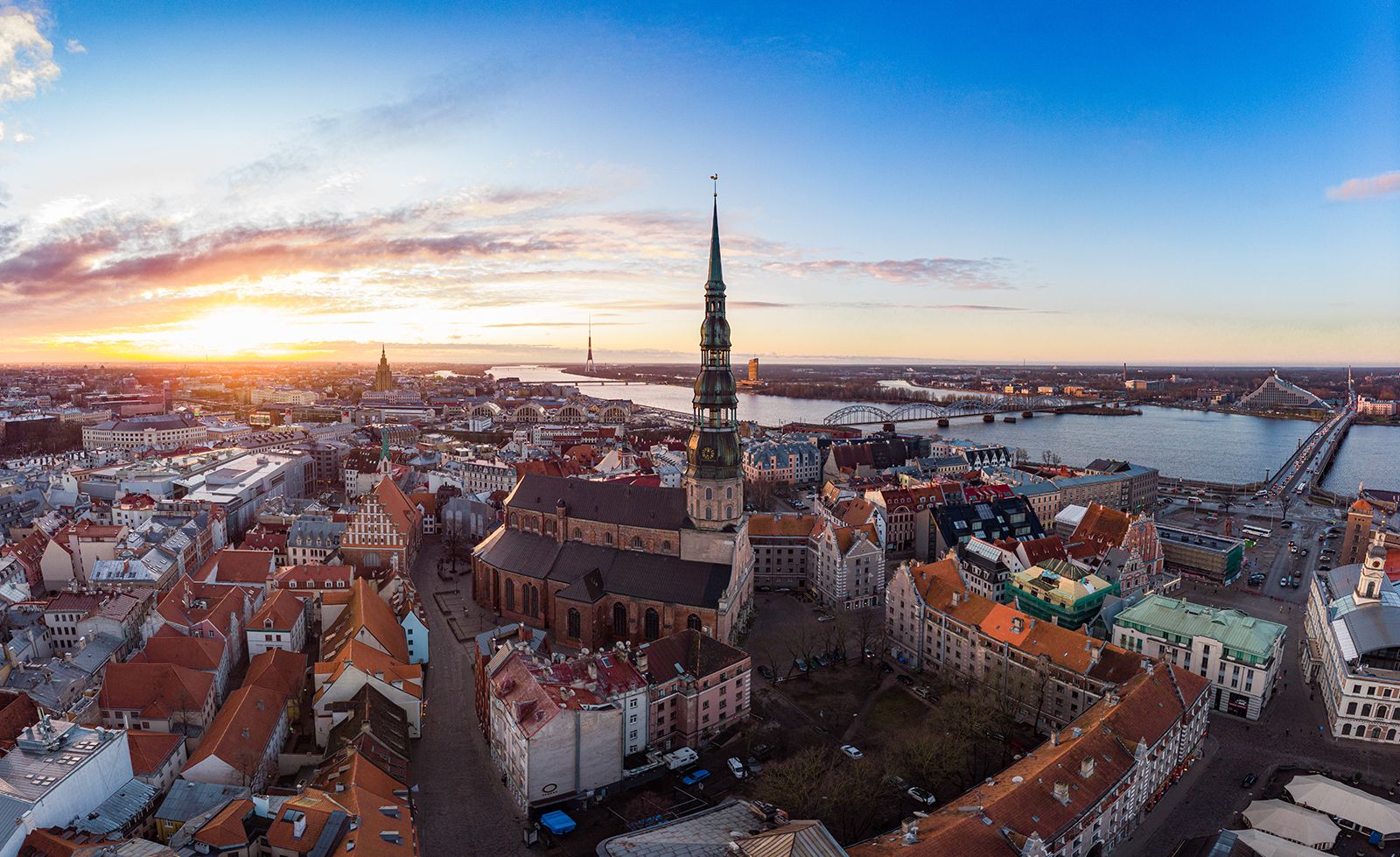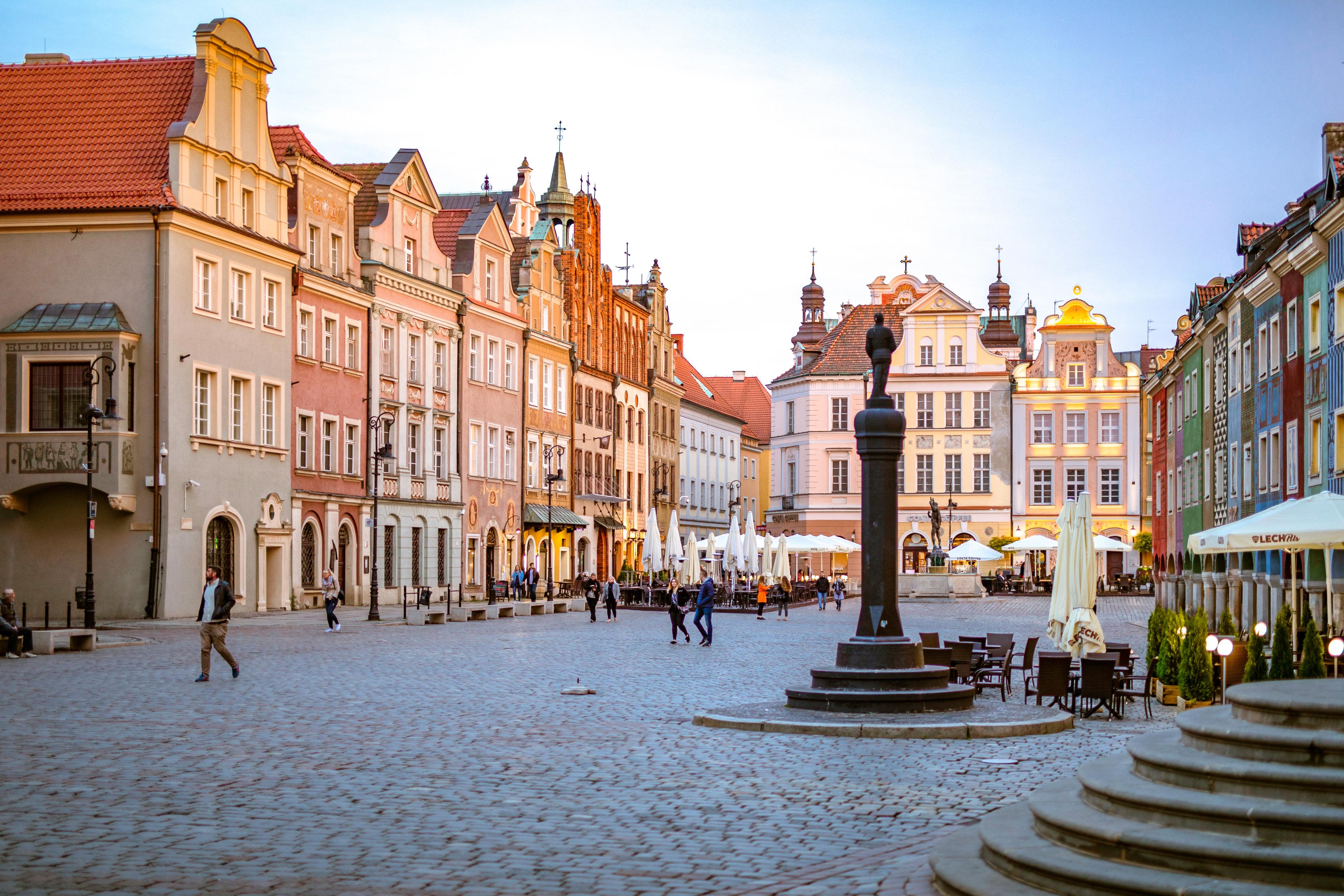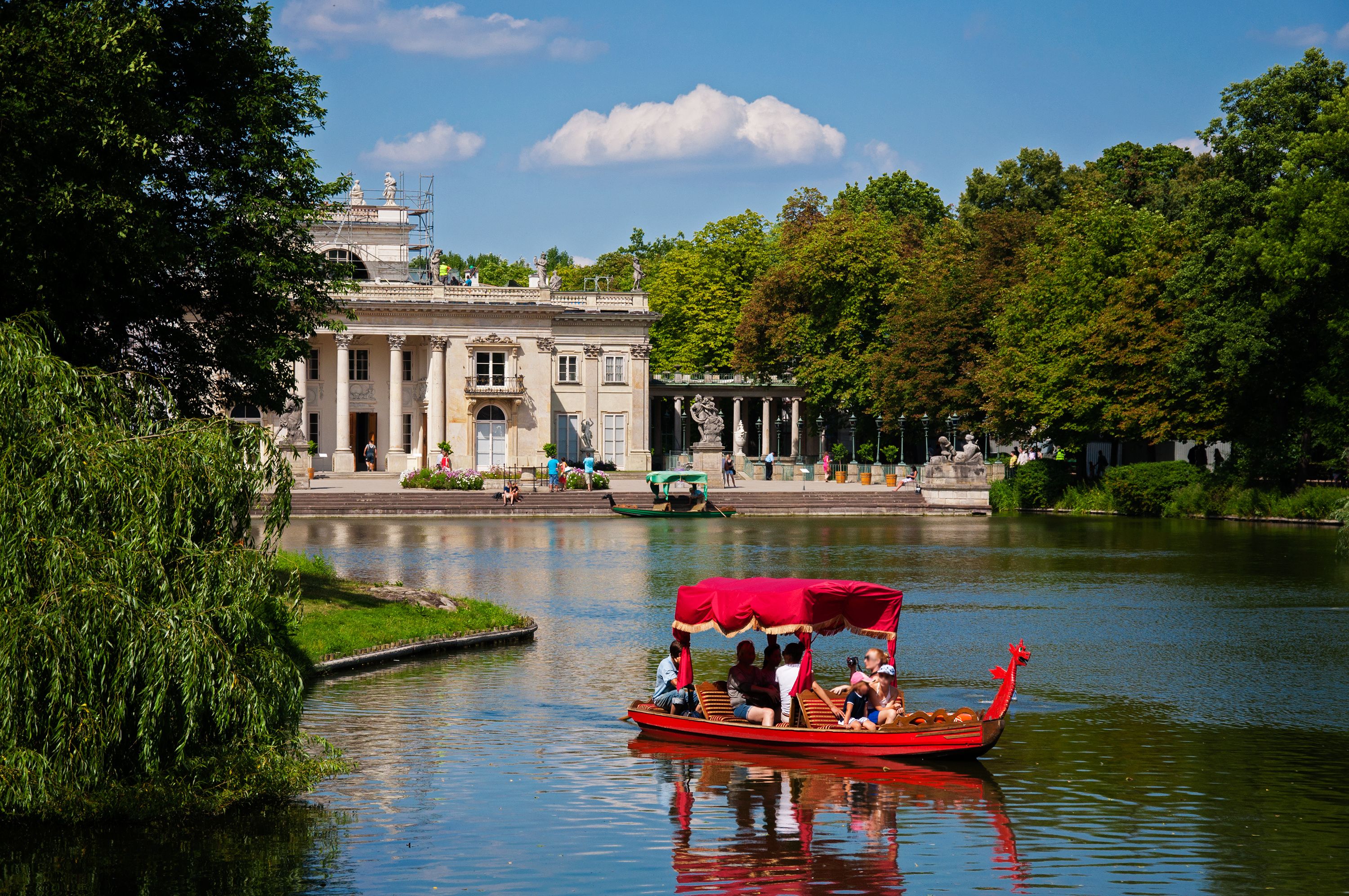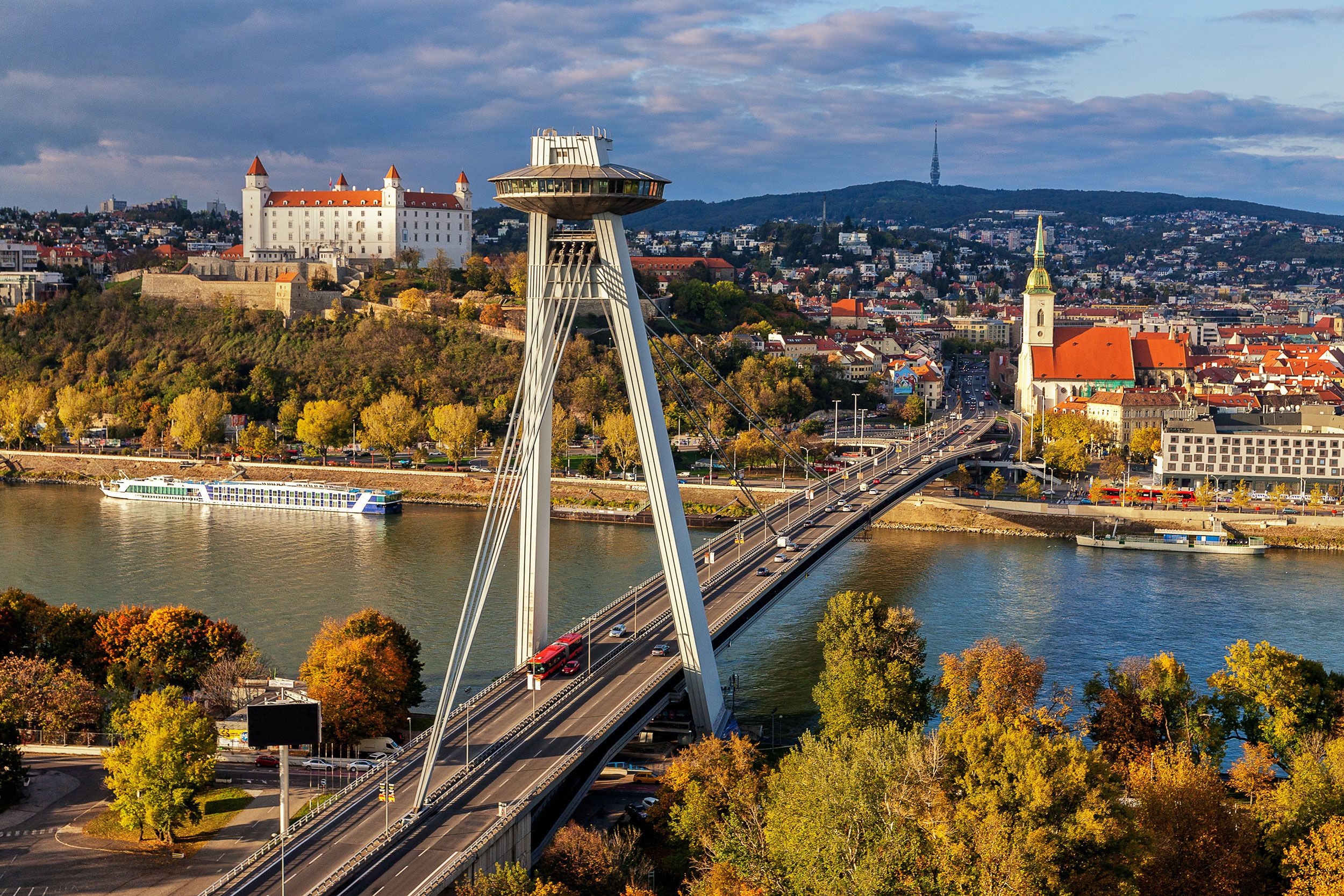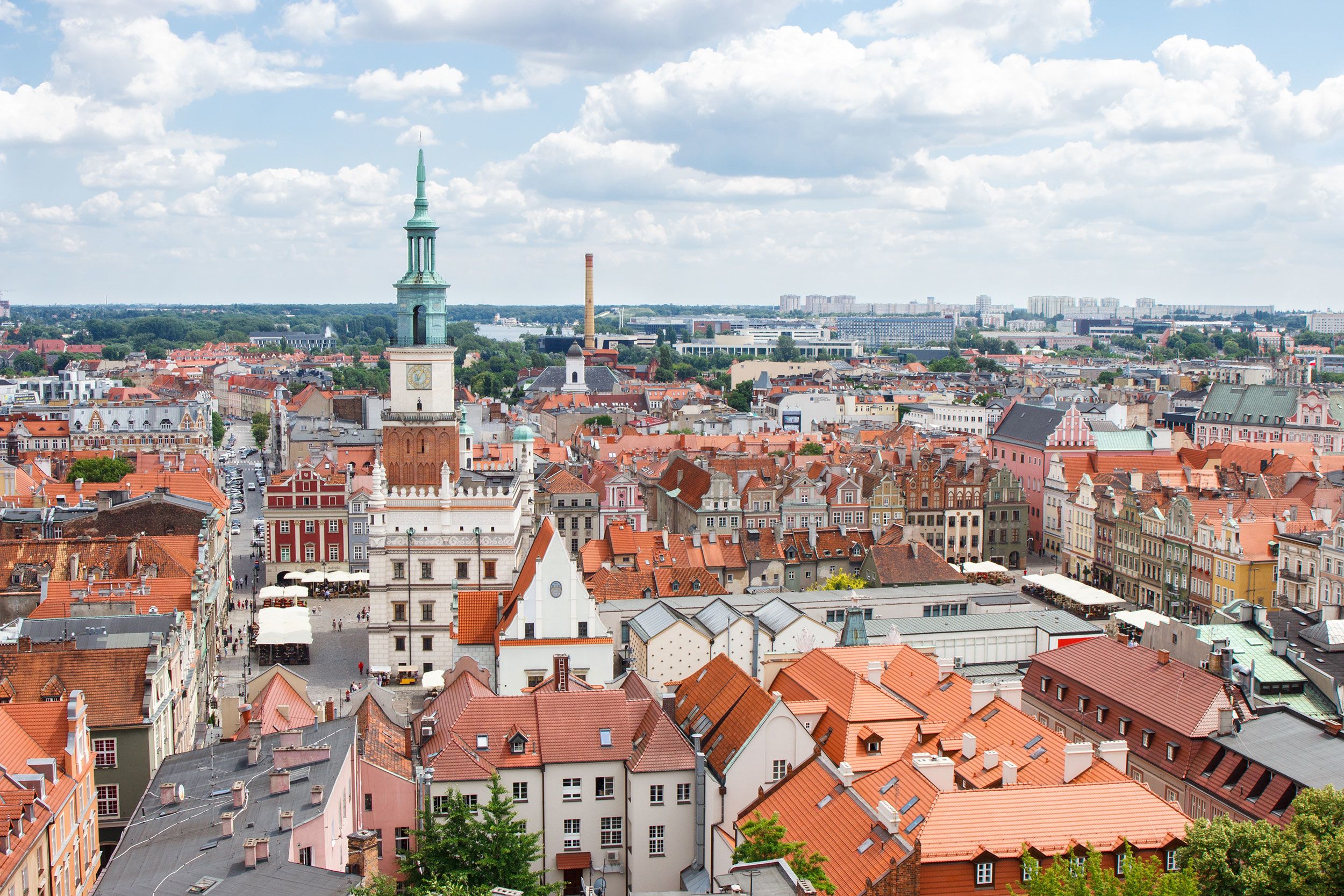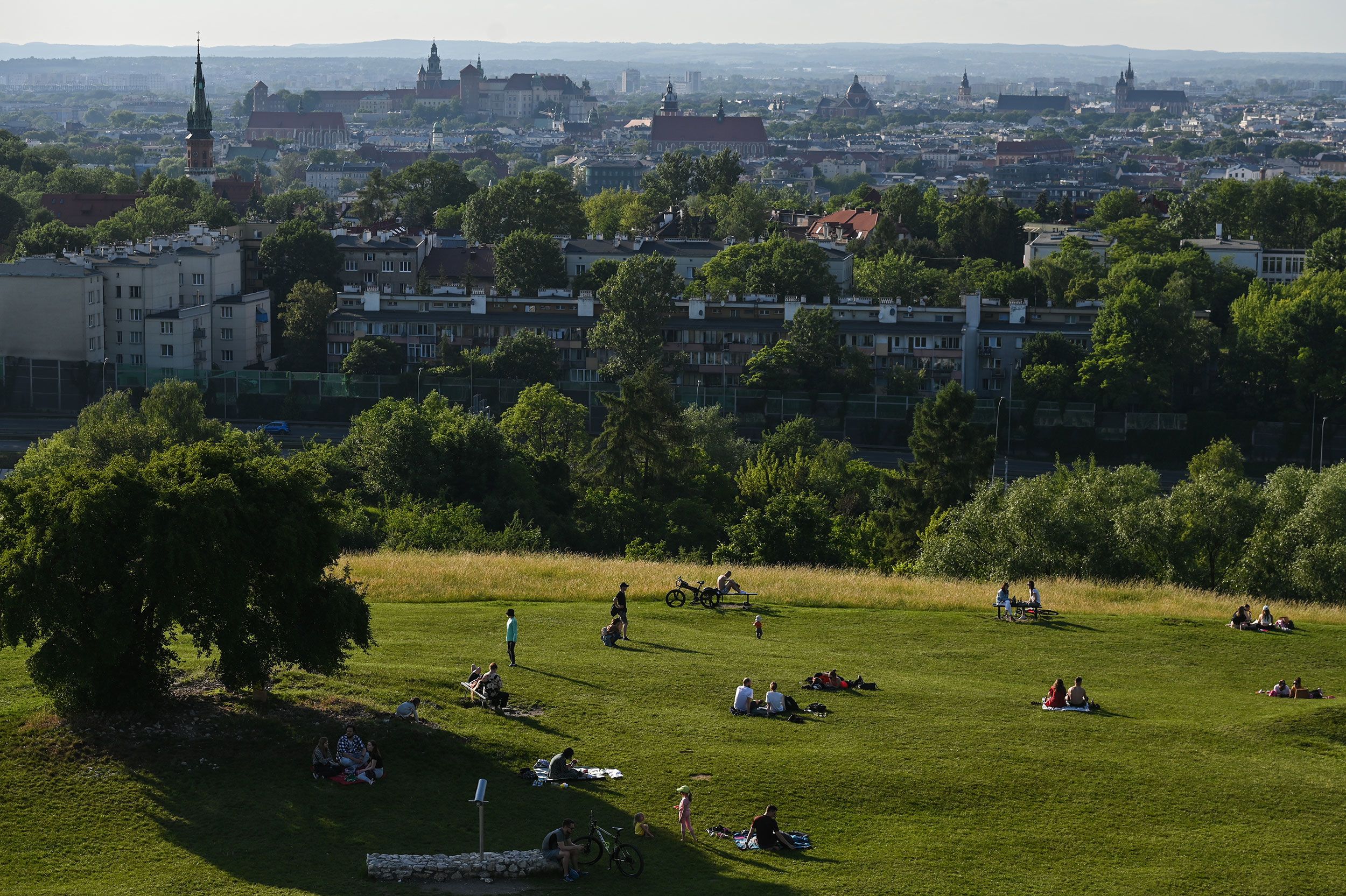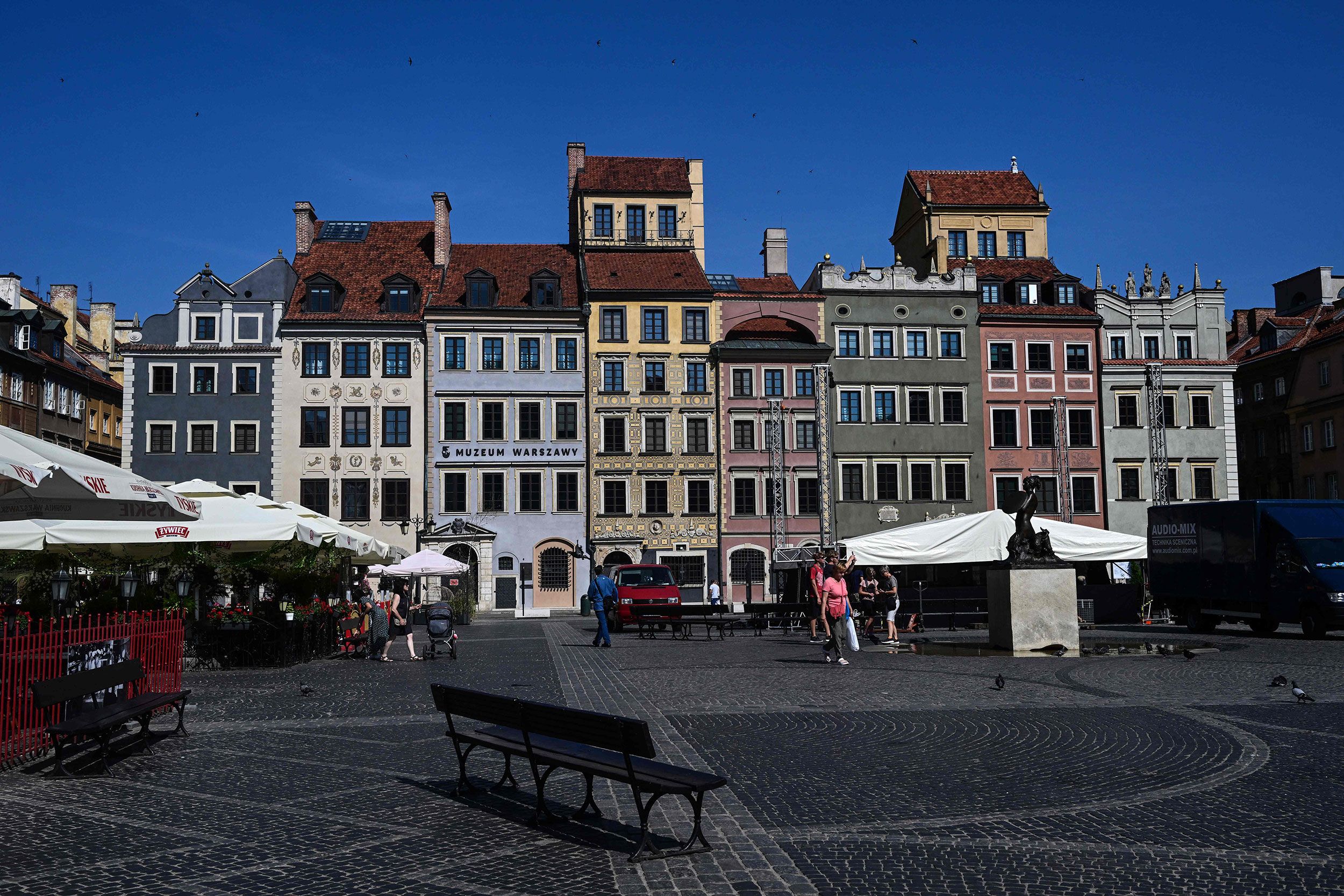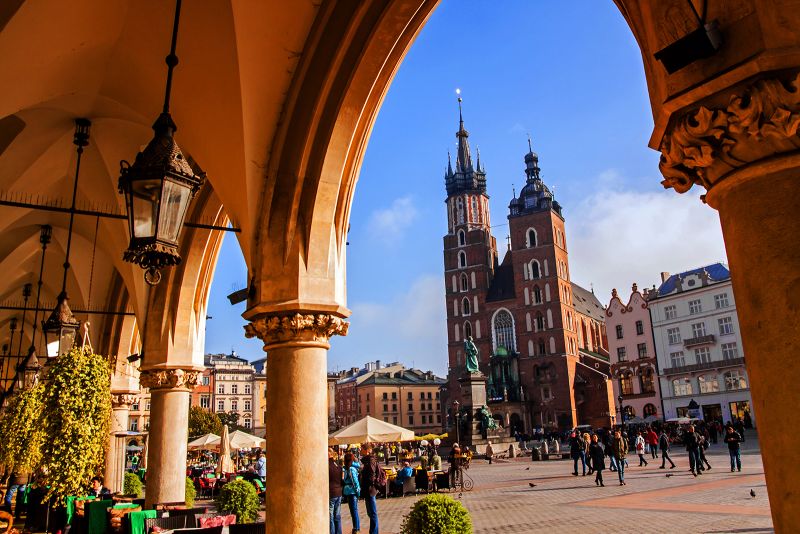Impact of Geopolitical Tensions on Eastern European Tourism
In recent times, the tourism landscape in Eastern Europe has been significantly influenced by geopolitical events. The ongoing conflict in Ukraine has raised concerns among potential tourists, leading to a noticeable decline in visitor numbers across several cities.
Tourism Trends and Concerns
Visitors are steering clear of places like Riga, largely due to fears stemming from its proximity to Ukraine. Consequently, destinations that were once bustling with tourists are now witnessing a marked decrease in footfall. This is evident in cities like Romania, which has seen a drastic dip in travelers because of the security implications tied to its border with Ukraine.
Contrasting Experiences in Eastern Europe
Despite the general downturn, some cities continue to attract American tourists. For instance, Poznan remains a favored destination due to the presence of a nearby US military base. This unique factor seems to provide a sense of security and familiarity, encouraging more visitors.
A Slow Recovery
While places like Budapest have experienced a drop in visitors, there are signs of gradual recovery. The allure of the Danube and its vibrant culture continue to entice travelers, albeit at a slower pace than before.
Mixed Signals in Popular Destinations
Warsaw is another city that showcases resilience, as locals, Ukrainians, and tourists coexist in public spaces like Lazienki Park. Despite geopolitical uncertainties, life continues with a sense of normalcy here.
However, cities such as Krakow are struggling. The popularity of bachelor parties has plummeted by up to 60%, indicating that even once-popular destinations are not immune to the changing dynamics of travel in these times.
Conclusion
In summary, geopolitical factors heavily influence Eastern European tourism. While some cities are adapting and managing to attract visitors, others are experiencing a decline. As the situation evolves, so too will the tourism trends in the region, making it crucial for potential travelers to stay informed and consider these dynamics when planning their next trip.
